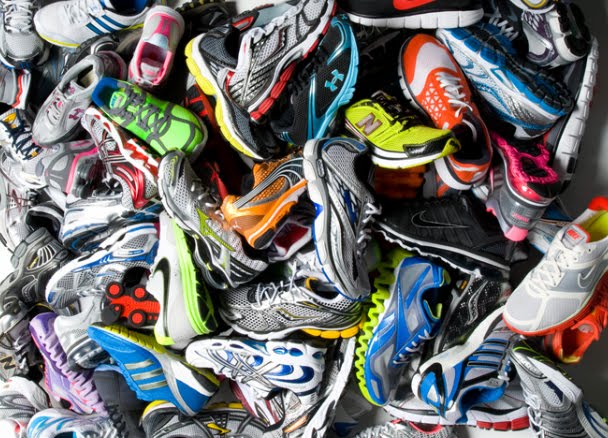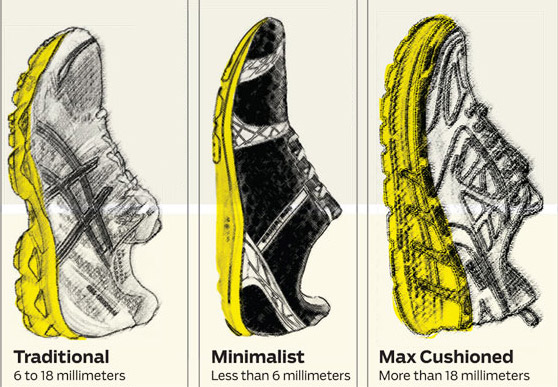My training has been going wonderfully! Mostly, that is. Since my last post, I built up my weekly mileage to around 60 miles/week, with a couple of lighter weeks surrounding the Halloween Halfathon. I've shifted my workouts to be more half-marathon-specific, which is quite a relief for me, since I tend to thrive at long-interval and tempo-paced workouts, not so much the shorter stuff.
Which brings me to another fun addition - I joined the inaugural group of the McMillan Run Club, a recent development by Greg McMillan's training program. I have read his books and implemented some of his training philosophies into my own program, and am very impressed with his thoroughness, individualization, and openness to other training methodologies. The Run Club is basically a way for runners to connect to the coaches - usually Greg himself - with Q&A, training advice, and specific race preparation plans.
Anyways...one of the tenants of McMillan's training programs is identifying the type of runner you are: a speedster, an endurance monster, or a combination of both. McMillian describes these types in greater detail in this Runner's World article. If you're a speedster, you respond best to short, fast workouts and tend to perform better in mile up to 10K races. If you're an endurance monster, you respond best to threshold and tempo workouts and tend to perform better in 15K to marathon or longer. If you're pretty balanced across both, you are obviously a combination.
I am most definitely an endurance monster. I feel like a rockstar after tempo runs and a pile of poop after track workouts. Learning this and adjusting my training accordingly has really helped me maximize my training. For example, I do fewer speed workouts, but still some, and give myself longer recovery after them. I use my threshold and tempo runs more strategically, and gradually build up the distances I run at goal race pace during longer runs. The result: I feel faster, less mentally and physically worn down, and more responsive to the training.
Proof is in the pudding! I ran a big time PR - a 5 minute improvement on my last time - at the Florida Halloween Halfathon, placing 2nd overall female with a time of 1:32:12. I was more cautious in the beginning (see my post about my overzealous start the last time I raced at Ft. DeSoto) and felt strong and steady for the rest of the race. There was a pretty solid headwind during the middle miles, but I didn't slow by much. Held on to about a 7 min/mile average and finished feeling strong.
 |
| Thanks for another great race, Chris Lauber! |
The week after this race was really tough on my body. It didn't help that I was sick with a mild flu or cold the day after the halfathon. I took Sunday and Monday completely off, but then jumped back into my training plan without a significant amount of recovery time. This race was not my goal race, which I am currently still training for, and I wanted to get back to progression runs and 800m repeats the following week. It just didn't happen. The progression run turned into a very slow, random tempo, and I made it through 2 of the 800m reps before my pace really took a dive. Bottom line: give yourself more recovery time than you think you will need. Especially as you get older. When we run longer than the half-marathon distance regularly during training, we tend to assume that we don't need much recovery after racing a half-marathon. But races really take it out of you, if you're running faster than your easy pace, that is. I certainly did. Left it all out on the course. And for that, I needed more serious recovery.
Finally did feel fully recovered after about a week, and my training this past week has been fantastic! A nice light fartlek of 12 x 1 min hard / 1 min easy on Tuesday got my fast-twitch fibers re-ignited, and then an awesome workout of 3 x 2 miles @ 15K race pace with Christina, who really pushed me when I felt sluggish towards the end. I plan on doing more workouts with running buddies rather than alone, as it is certainly more effective and less painful to get through.
 |
| Feeling great after a tough workout! |
Now here's to hoping that the weather continues to cool off!
One last note: I added a tab at the top of the blog to a list of Favorite Links. Check it out!
One last note: I added a tab at the top of the blog to a list of Favorite Links. Check it out!





























.JPG)